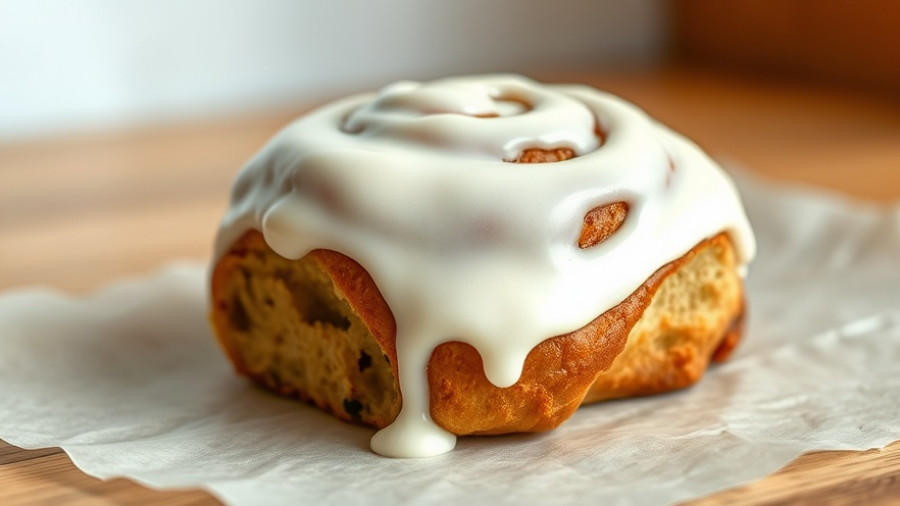
The Overlooked Reality of Suicide Attempts
When we think about suicides or suicide attempts, the typical image that often comes to mind is one closely tied to mental illness, like depression or bipolar disorder. However, numerous studies reveal that this stereotype fails to capture the full picture. An alarming number of individuals who attempt suicide do not have a recognizable psychiatric diagnosis. In fact, studies indicate that around 19.6% of those who have attempted suicide may first have done so without any reported psychiatric disorder, significantly challenging our understanding of mental health and suicide prevention.
Understanding the Demographics of Unrecognized Suffering
Research highlights that among surveyed individuals with lifetime suicide attempts, a striking 6.2% had no diagnosed mental illness. This suggests a fundamental misunderstanding about the demographics and risk factors associated with suicides. Gender also plays a role; women show a higher incidence of suicide attempts at the onset of psychiatric disorders. This begs the question: what drives these attempts in individuals who may appear otherwise mentally healthy?
External Stressors: The Role of Life Crises
According to various studies, the vulnerability of those without diagnosed mental health issues often stems from external life pressures such as relationship breakdowns, legal troubles, and significant life transitions. These stressors can accumulate, leading to moments where individuals may see suicide as an escape from their pain. For example, individuals facing eviction or significant losses often exhibit higher suicide rates, illustrating how environmental factors are intertwined with psychological outcomes.
The Influence of Personality Traits and Social Isolation
Some personality traits such as impulsivity and neuroticism may also contribute to the risk of suicide in those without a psychiatric condition. Those who exhibit higher levels of impulsivity, for instance, are found to be more vulnerable to suicidal behavior. Moreover, social isolation emerges as a devastating risk factor. The feeling of being disconnected from family and friends can heighten an individual’s sense of despair, exacerbating their situation.
Broader Implications for Mental Health Policy
Recognizing that a significant number of suicides occur among those without diagnosed mental disorders has profound implications for mental health policy. It prompts a shift from focusing solely on individuals labeled as high-risk to a more inclusive approach that encompasses the wider population. Expanding mental health education and awareness can facilitate early intervention by helping individuals recognize the signs of distress before they escalate into crises.
Prevention Strategies: A Comprehensive Approach
Employing comprehensive strategies to prevent suicide must include fostering resilience within communities. This could involve enhancing social support systems and integrating mental health resources into primary care settings. Offering psychological first aid training programs can empower community members to support friends and family members in distress effectively. Furthermore, workplaces can introduce Employee Assistance Programs (EAPs) that provide emotional and psychological support to employees experiencing life challenges.
Confronting Mental Health Stigmas
The societal stigma surrounding mental health and its association with suicide creates additional barriers for individuals seeking help. If we can shift the conversation to acknowledge that suicide can affect anyone, regardless of their mental health status, we can begin to create more supportive environments. This can lead to a cultural change where seeking help is seen as a sign of strength rather than a weakness.
Call to Action: Join the Movement for Mental Health Awareness
As we reflect on the complexities of mental health and suicide, we must prioritize comprehensive mental health policies and practices that address the needs of all individuals, not just those diagnosed with a psychiatric disorder. By fostering open discussions about mental health, alleviating stigmas, and supporting community initiatives, we can work towards reducing the suicide rates amongst all demographics. You can make a difference by advocating for mental health education in your schools and workplaces or starting conversations with friends and family about mental well-being.
 Add Row
Add Row  Add
Add 


Write A Comment